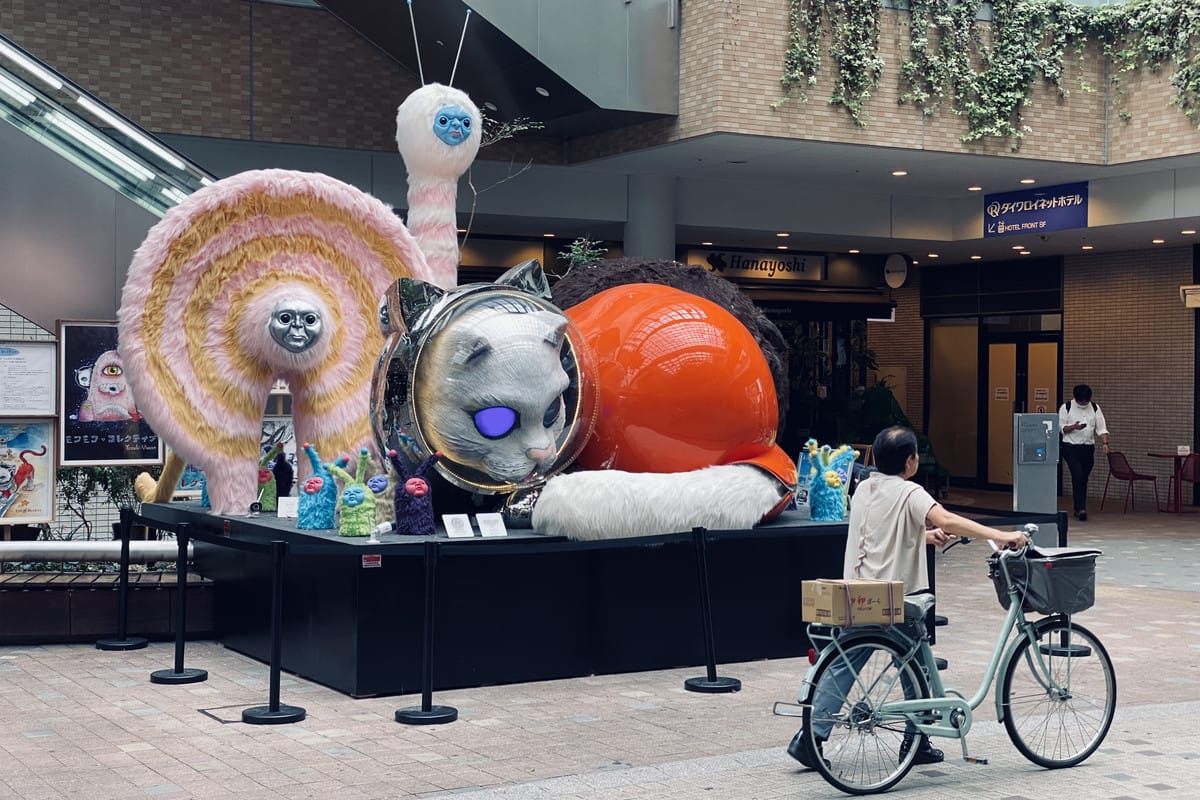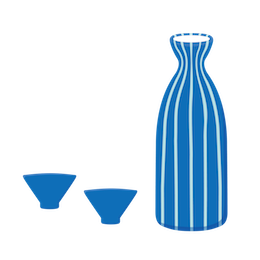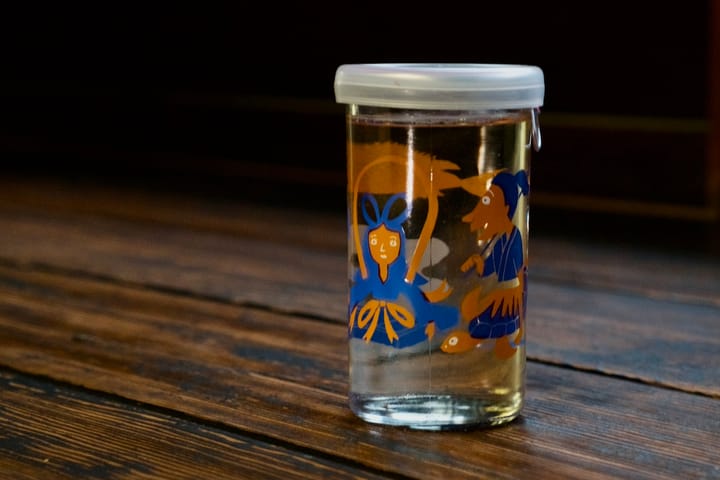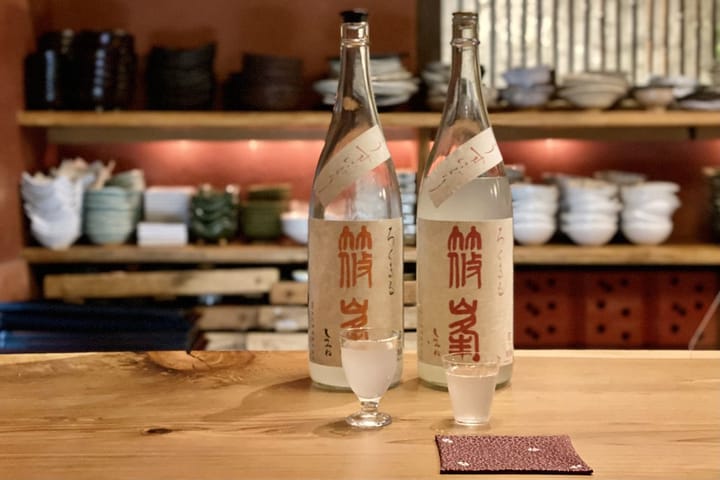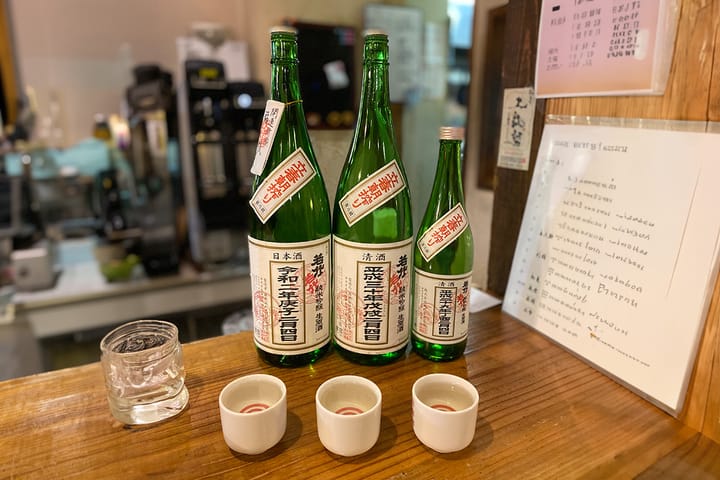Aged Sake Flight of Yorokobi Gaijin | Saké Review
Luckily, I had a fantastic experience tasting three cups of aged sakes of Yorokobi Gaijin in a local liquor store.
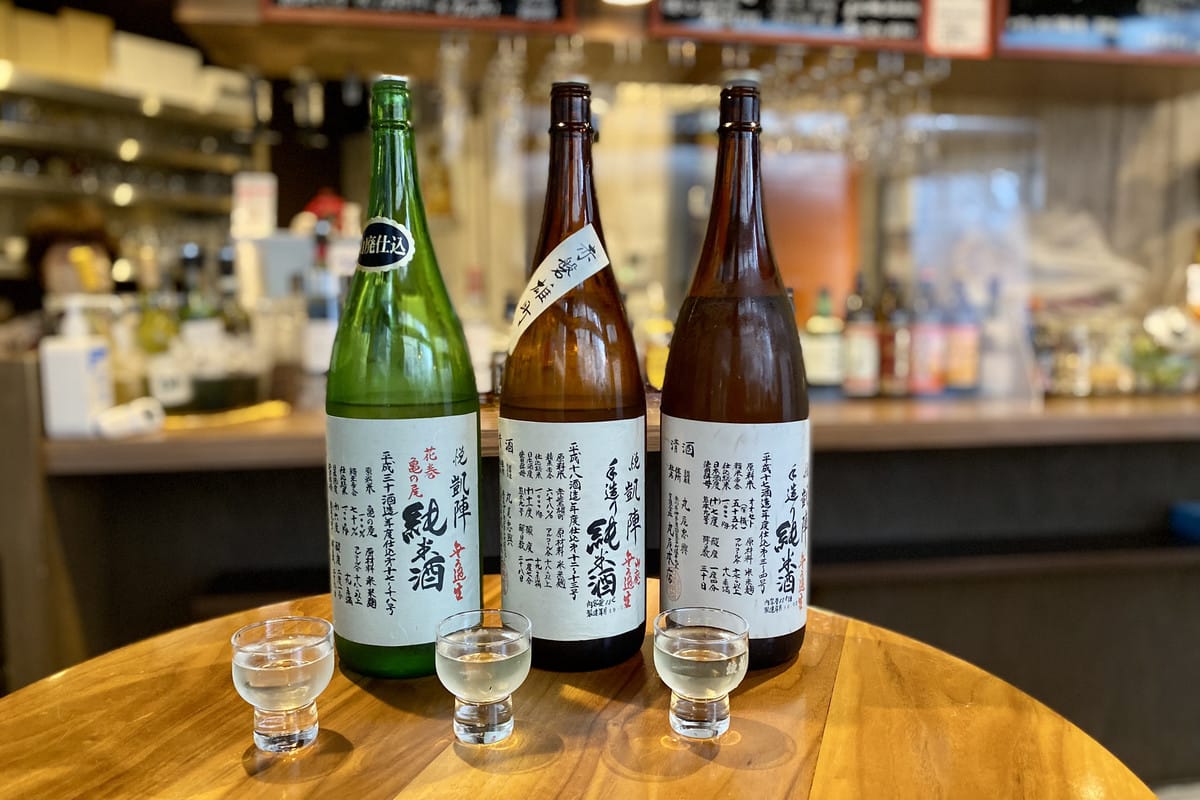
Sometimes, there’s a treasure in spare time. As a traveler, I always relax in hotels when I have extra time shorter than two hours, but that day, I had enough courage, or “un-laziness,” to get out of the hotel to walk around the area before meeting my friend.
Roaming around downtown, I noticed a red-brick building with a large window. It was a liquor shop with a modern kakuuchi-style standing bar. At the bar counter, the image of the peculiar sake bottles of Yokorobi-Gaijin, one of my favorite brands, occupied the visual processing part of my brain. I found “Aged Sake Flight” on the menu, and vertigo struck me. It was so fortunate! I just dropped into a random standing bar in an unfamiliar city and am having a fabulous experience.
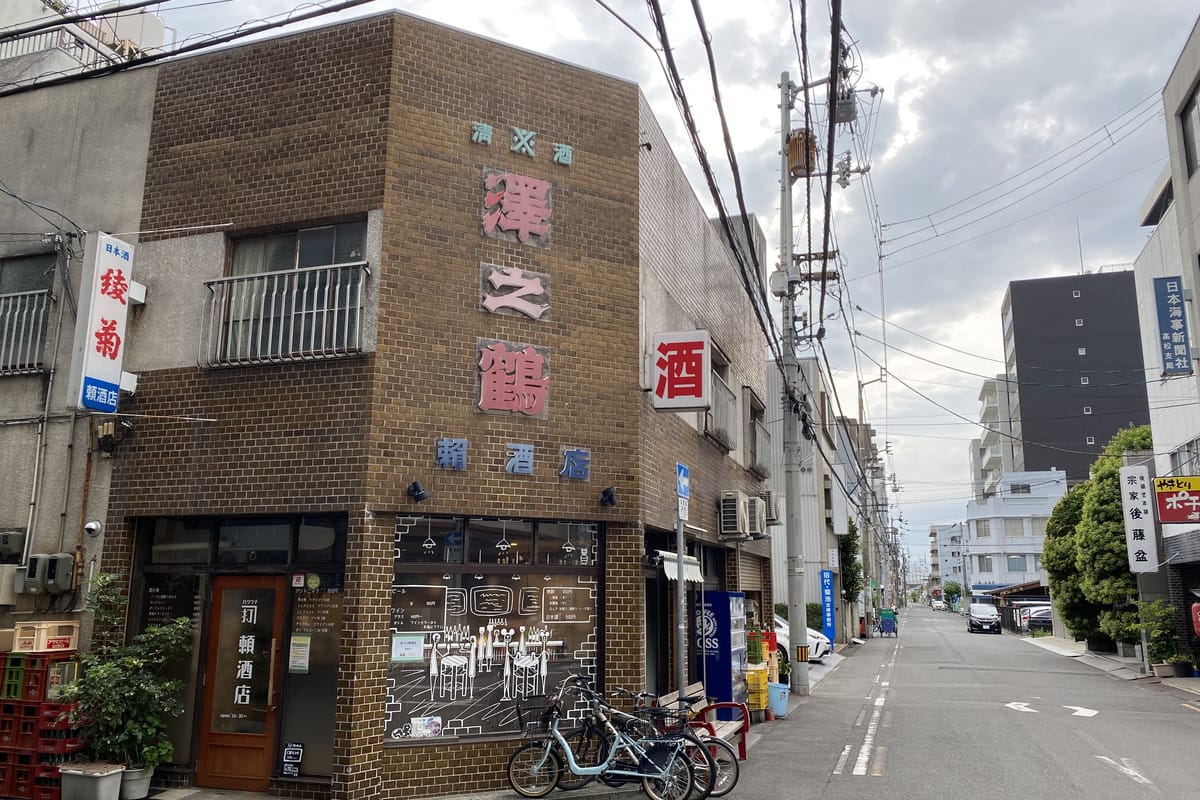
The shopkeeper, the grandmom of the place, was friendly enough to welcome the stranger and carefully described the region, the brewery, and the aging. She was proud of them. So I tasted three aged sakes, aged four to seventeen years, in a refrigerator under about six degrees Celsius. They were all beautifully aged. I appreciated the ricey flavors and the complex, mature aromas, which satisfied and relaxed me.
After the pandemic, I am gradually regaining how to travel, talk to local people and enjoy the serendipity.
Tasting Notes
Yorokobi Gaijin Hanamaki Kameno'o Muroka Nama (aged four years)
The Maruo Honten brewery made this in the Heisei 30 (2018) brewing year with the rice variety Kameno’o cultivated in Hanamaki (70% polishing ratio).
I was merely tasting the flavor of rice. So ricey! The initial texture is unexpectedly light, but the smooth, sturdy flavor, like rice candy and a tart, soon follows. Then, it finishes as if the liquid soaks into the tongue, with lingering acidity and ricey notes reminiscent of an ear of rice.
Yorokobi Gaijin Yamahai Muroka Nama (16 years)
Heisei 18 (2006) brewing year, Omachi cultivated in the Akaiwa region (68% polishing ratio).
The Akaiwa region is famous as the grand cru of the heirloom rice variety Omachi.
Lively brew with an intense ricey flavor with complex aged aromas. They are mushrooms, oak, honey, and roasted tea. Calm face with the aged aromas and the lively acidity co-exist. The dry finish co-stars with a round, honey-like afternote. Nonetheless, ricey.
Yorokobi Gaijin Muroka Nama (17 years)
Heisei 17 (2005) brewing year, Ōseto cultivated in Kagawa (55% polishing ratio). Since its birth in 1979, local farmers have cultivated the rice variety, and local brewers have used it.
Unanticipatedly, this 17-year-old sake was easy to drink because of the well-balanced light and shade of the flavors. Flowery aromas were the first impression, albeit the notes were subtle. On a sip, there was the round texture, but it spread out in a short term. Flower nectar and ripe fruits in the frame, roasted tea, and sweet polished rice wrap them. The finish is ephemeral; it disappears before you notice it, just like a woman who never turns around when she says goodbye.
—Tasted at Rai Saketen in Takamatsu, Kagawa in September 2022.

On the Label
Brewer: Maruo Honten at Kotohira, Kagawa
(left to right)
Yorokobi Gaijin Hanamaki Kameno'o Muroka Nama
Type: Junmai, ABV: 18-19%
Rice: Kameno'o (70% polishing ratio)
Brewing Year: 2018
Yorokobi Gaijin Yamahai Muroka Nama
Type: Junmai, ABV: 18-19%
Rice: Akaiwa Omachi (68% polishing ratio)
Brewing Year: 2006
Yorokobi Gaijin Muroka Nama
Type: Junmai, ABV: 17-18%
Rice: Ōseto (55% polishing ratio)
Brewing Year: 2005
